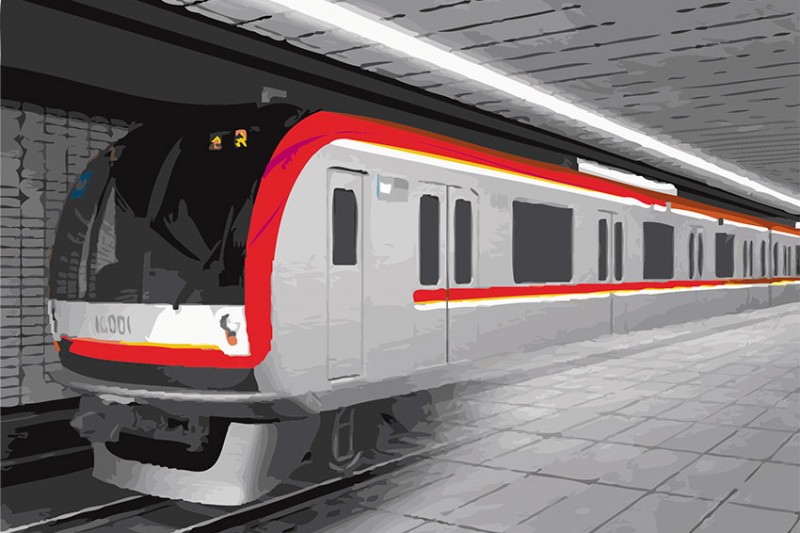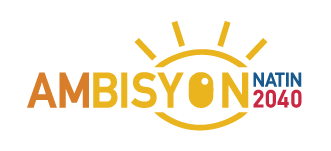(The World Folio)

President Rodrigo Duterte is implementing an ambitious $160 billion infrastructure plan, for which he can count on the support of Japanese investment, both public and private
The Philippines is among the most attractive destinations for foreign investment in South East Asia. As the economy continues to grow, so too will the number foreign investors. But one major concern for investors is the lack of adequate infrastructure. That is why Filipino president Rodrigo Duterte has pledged to pour $160 billion into infrastructure development during his six-year tenure.
Under the 2017 budget, the government plans to increase infrastructure spending to more than 5 percent of GDP; while comprehensive tax reform will also help to fund the infrastructure program. It is an unprecedented move from a Filipino president, as the government attempts to address Manila’s notorious congestion problem and other transport bottlenecks. Large-scale investments in roads, ports, airports and railways will also put the country on track to becoming the gateway to the growing ASEAN region.
“For the last 30 years, no more than 3 percent of the GDP was spent on infrastructure – a reason for the evident congestion in the country. This is an issue that must be addressed before investors get discouraged to establish operations here,” says Benjamin Diokno, Secretary of the Department Budget and Management.
“We are focusing on several areas of improvement such as the construction of railways. One of the plans includes building an entirely new railway system from Manila down to Legazpi, which would reach about 620 kilometers. Another would be a railway system in Mindanao, of about 1,200 kilometers. These projects have led us to negotiate with Japan regarding specific and important projects that would possibly create several job opportunities for Filipinos.”
Japan is set to become a major partner in the infrastructure plan. In January, Japanese Prime Minister Shinzo Abe approved a one-trillion-yen aid package (approx. $9 billion) for the Philippines, which will include both government aid and private investments. The package will be used to fund infrastructure projects across the country over the next five years. The move serves as a clear testament to Japan’s intentions to strengthen its commercial engagement in the region – as it vies for power with rival, China – and to use the Philippines as its gateway to the ASEAN market.
“We will leverage Japanese technology and know-how to the fullest extent to positively cooperate for the improvement of infrastructure in Metro Manila and the whole of the Philippines,” said Mr. Abe during his state visit to the Philippines in January, which was the first official visit of a head of state since President Duterte took office last year. The $9 billion will be used for 11 projects, including three commuter railways in Metro Manila aimed at easing the capital’s crippling congestion problem.
In March, Filipino cabinet officials secured further Japanese funding for 14 infrastructure projects, which include a high-speed train connecting Subic in Zambales and Clark in Pampanga, the commuter rail connecting Tutuban in Manila and Las Baños in Laguna, and the Metro Manila Subway System. Undersecretary of the Philippines’ National Economic and Development Authority, Rolando G. Tungpalan, told reporters during the Tokyo visit that more Japanese-backed projects will be unveiled in November, when Japanese officials are in Manila for the ASEAN 50th anniversary celebrations.
Trade Secretary Ramon Lopez – who met with senior executives of Japan’s seven major trading houses in Tokyo in March, alongside Transportation Secretary Arthur Tugade – has called this the Philippines’ “golden age of infrastructure”, in which, he said, the seven trading houses (Mitsubishi Corp., Mitsui and Co. Ltd., Sumitomo Corp., Itochu Corp., Marubeni Corp., Toyota Tsusho and Sojitz Corp.) were determined to invest.
Marubeni has expressed interest in investing in coal power plants worth P75 billion (approx. $1.5 billion) over the medium term, while Itochu and Sumitomo plan to invest an additional P12.9 billion in 2018 to expand their integrated farming projects in Mindanao. Sumitomo, Sojitz, and Mitsui jointly invested P80 billion in Coral Bay Nickle Corp. and Taganito High Pressure Acid Leaching Nickel Corp. in Surigao and Palawan.
With a high level of Japanese investment coming in to support President Duterte’s ambitious infrastructure plan, it seems that the Philippines’ golden age of infrastructure is well and truly underway.
